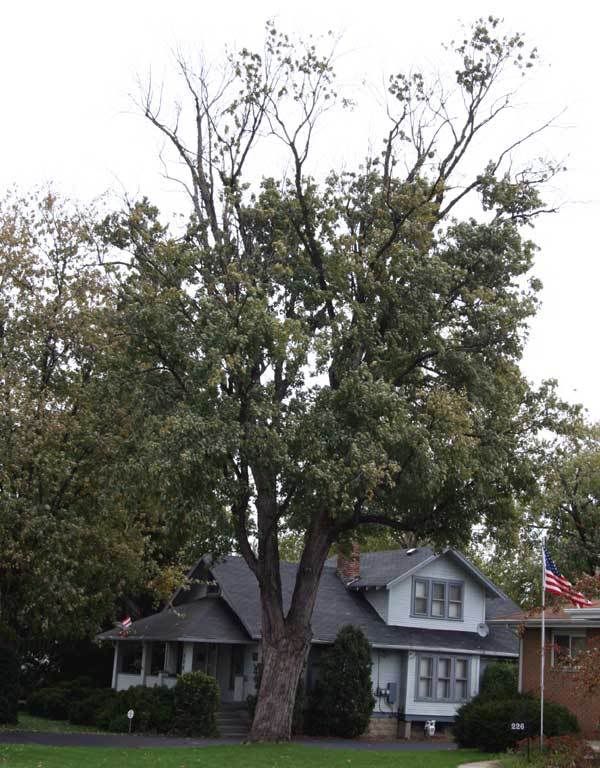Hey Mike
Good points. I figured an 18" chipper would get right up close to that sucker and with a winch she'd be history in no time, also good miniloader access etc.
SLUND, many tree companies/arborists are running a business for profit, there's more money to make in a removal than a prune job.
I went out to a job site here where an unethical company told a lady to remove 12 dangerous gum trees. Of course their "arborist" is quick to make these assessments with eyes like superman. Luckily she called us and we made a better assessment, removing only 3 and pruning the rest ... and also way less money. She was stoked.
Many eucs here do the stag headed thing. In good years they flush up and bad years they retreat. That tree is more managable than any euc.
Forget the fertilizer, that's a bad call. Kill off some of that grass and mulch around the tree.
Do these tests in a couple of place, say between tree and bitumin driveway, and 3 other spots about 10' away from the trunk.
Make a close inspection of the basal area for fruiting bodies and decay. You can tap the tree with a plastic mallet and if it sounds hollow then it most likely is. Look for failure signs, fibre buckling etc. Here's a link to a beautiful colour chart that clearly shows what to look for.
http://www.arboristsite.com/showthread.php?t=20996&highlight=vta+assessment+chart
2nd Can you grab a 10" long screw driver and try to stick it into the ground, can you push it in all the way easily or not at all ... it's a simple way of testing for compacted soils. Over here you wouldn't get it in the ground more than 1"!
3rd job, get a spade and cut a small square of lawn out, lift it, dig a small hole say the size of a coffee mug in the soil and fill it with a cup water , time how long it takes to dissappear. This is a drainage test.
4th test, PH test the soil, you can buy these PH test kits cheap, over here $20. Test each spot seperately and record findings.
5th, this one is important, it's a sodicity test. Toward the bottom of the page on this link is the test, simple and effective.
http://www.science.org.au/nova/035/035print.htm
So lets assume a perfect world, reasonable drainage, no compaction, no sodicity and neutral PH. Then you can focus on mulching, pruning and
soil conditioning
Lets assume a bad response, fix sodicity with gypsum, improve drainage, add lime or sulphur to get PH back in range, use air injection to decompact.
A crown reduction and dead wood would make large improvements to windthrow. Mulch and soil condition.
http://www.yates.com.au/Products/Fertilising/OrganicBased/DLseaweedconcentrate.asp
These kelp and seaweed products are great.






